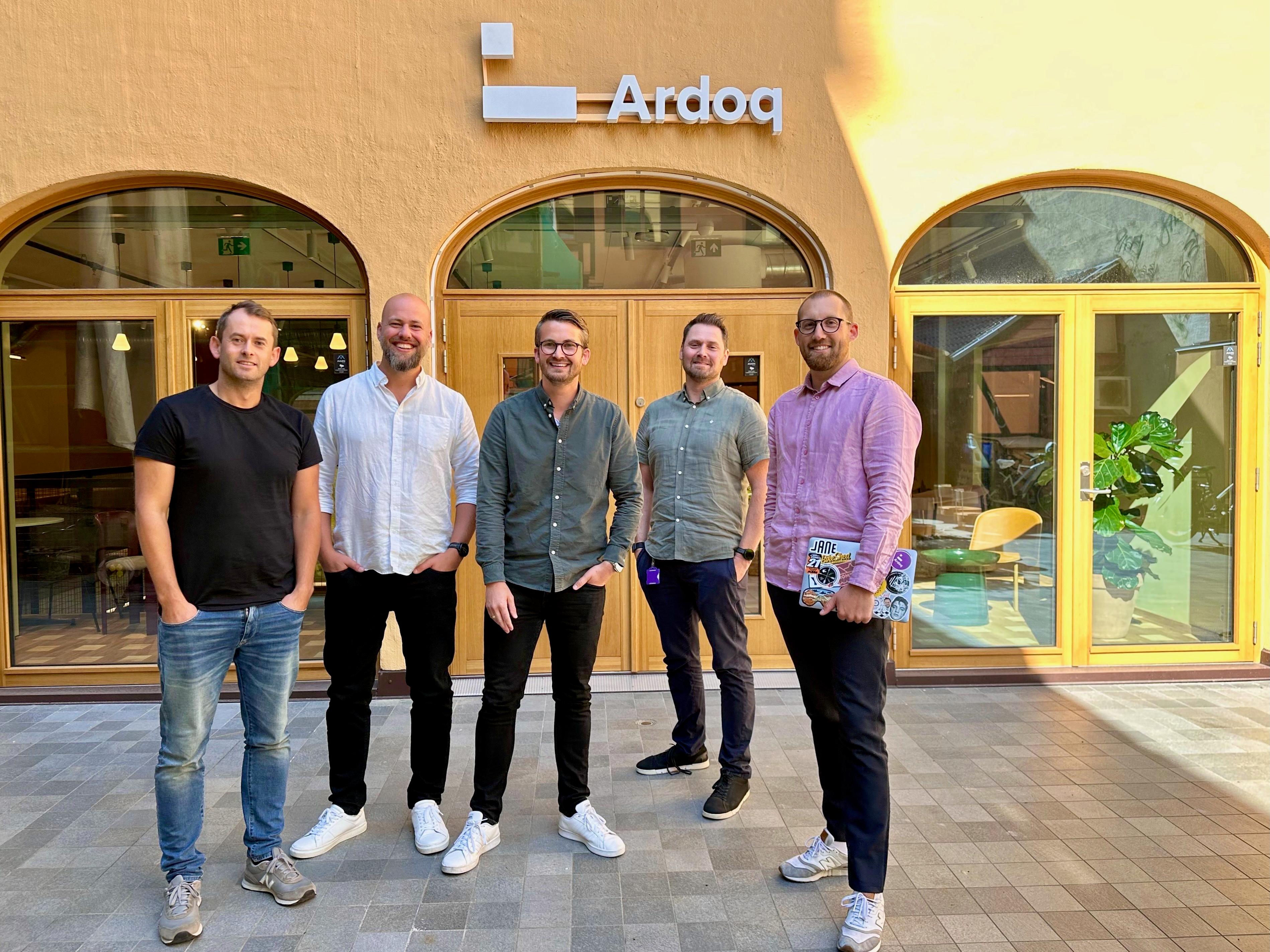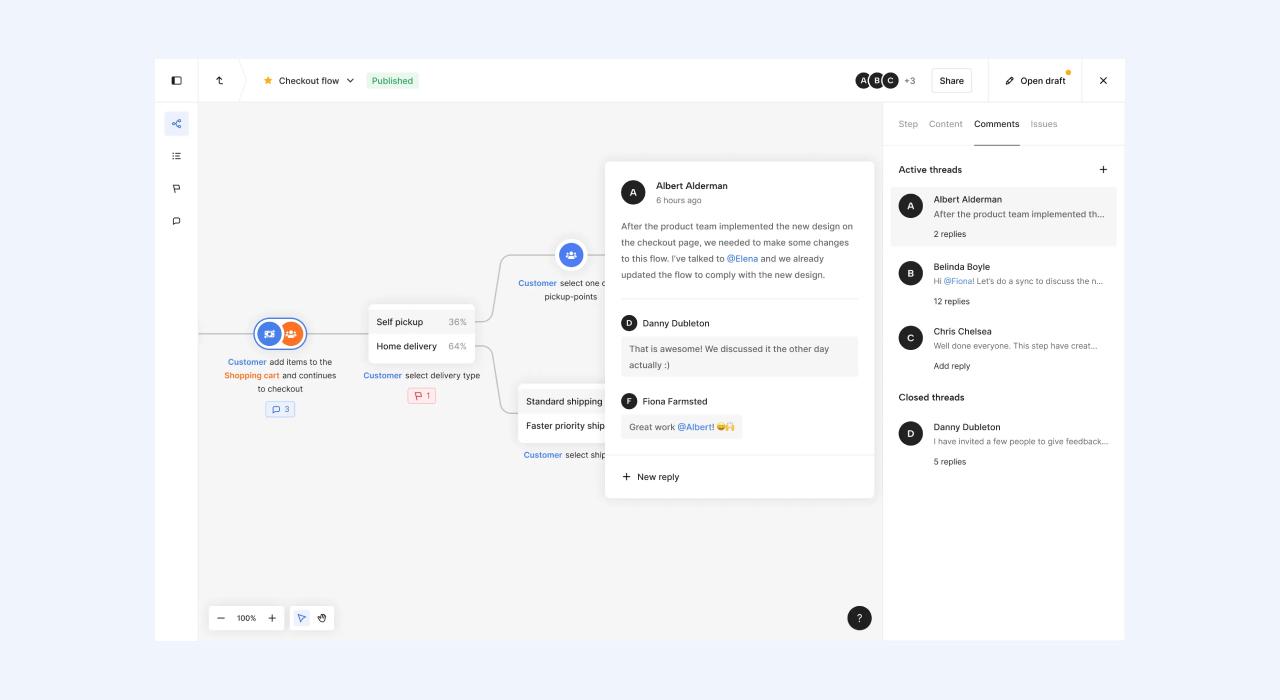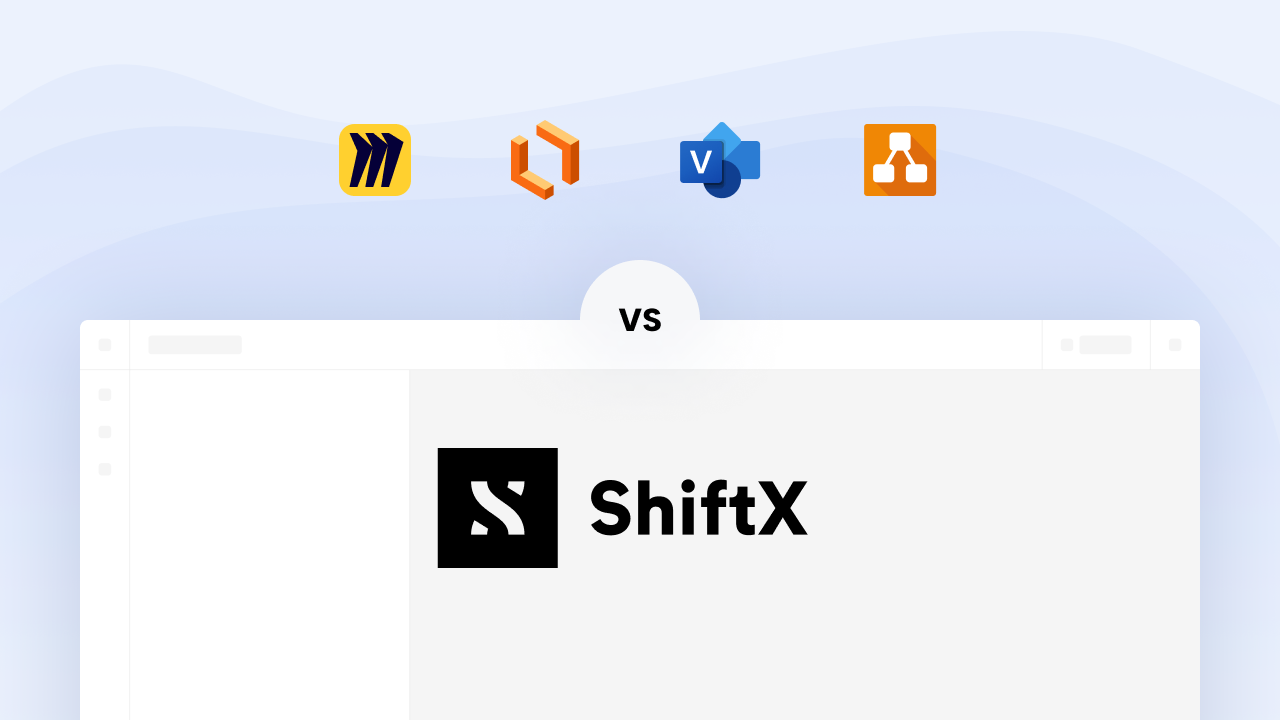
How we're changing from Sales-Led Growth (SLG) to Product-Led Growth (PLG)

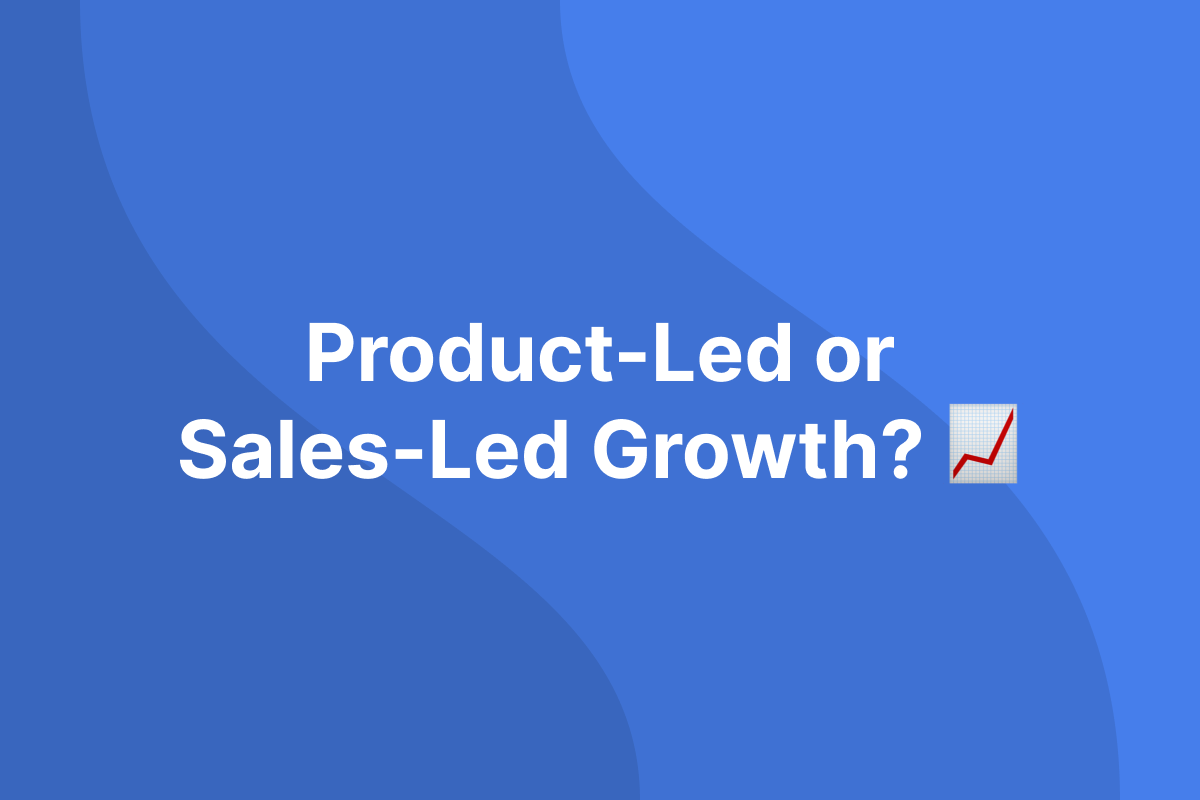
For a B2B SaaS (Software as a Service) like ourselves, one of the main questions you often reflect on is: "Do we want to focus on Product-Led or Sales-Led Growth?".
If you're more like: "Product-Led what?" Let us explain:
- Product-Led Growth (PLG): is a growth model where product usage drives customer acquisition, retention, and expansion. You focus on your users and the time it takes for them to experience value using your product.
- Sales-Led Growth (SLG): is a growth model that uses a sales rep or your sales team and their processes to drive conversions and business growth. You focus on the value you create for the users of your product and the buyer and their needs.
Some sources (like this in-depth explanation by the Product-Led Growth Collective) also mention Marketing-Led Growth as an own strategy, but we're not going to go deep into that one in this text, as it's not one we've ever considered.
But do we have to choose one or the other? Yes, and no. As we'll see, both growth strategies carry elements of the other. But it's helpful to reflect on which of the two directions suits you the best, as they both entail different organizational, sales, marketing, and product actions once you've decided.
We'll dive deeper into each strategy and how we've worked with each of them over the last couple of years.
What is a Sales-Led Growth (SLG) strategy?
If your SaaS follows an SLG strategy, a significant part of your organization will typically consist of people working with sales. You might call them Sales Development Representatives (SDRs), Account Managers, and Business Developers.
They'll typically work with lead generation, outreach, filling up your sales funnel, and work closely with your marketing or demand generation department (if you have one).
If your organization does have these kinds of people, it does not automatically mean you're following an SLG strategy. As we'll get back to later, most of the companies following a PLG strategy also have sales teams, as most conversions, whether you're doing SLG or PLG, are sales-assisted and require human beings to do outreach and make sure your potential customers get what they want and need.
Another thing that often separates SLG from PLG is that the Average Deal Size (also known as Average Contract Value, ACV) is larger with SLG, as you're talking directly to the person(s) with a budget, the buyer.
When we were more on the SLG side of things, mid-2021, one of our sales processes could look something like this:
SDRs would get lists from marketing, qualifying leads, and inviting them to meetings with our Account Executives and Managers. If you were lucky (and qualified), you'd sometimes get a demo account to test our product for a couple of days if you'd had a meeting or two with us.
But most of the time, our SLG conversions came after 1-3 sales meetings and product demos with our hottest leads. After signing a contract with us, they'd start using our product.
With a PLG strategy, it's often the other way around.
What is a Product-Led Growth (PLG) strategy?
Let's get a popular myth out of the way immediately: PLG strategies also rely heavily on having a working sales department of human beings making sales. As Sam Richard, VP of the Growth Team at Openview, an expansion stage venture capital firm, says in the webinar below, over 60% of the conversions of so-called self-service businesses are sales-assisted, meaning one or more human being(s) have been involved in the sales process:
Then what separates an SLG from a PLG strategy?
It's how early you get to use and interact with the product you want to buy. Implementing a real PLG strategy often entails offering your product through some sort of freemium or free trial license.
You let your leads sign up for your product as one of their first actions on your website. Then you trust your product to do the convincing. If it gives your leads value, they're seeing the business case for spending some money buying full access, either buying more features (if you offer limited functionality in your freemium/free trial licenses) or buying more time (if your freemium/free trial licenses only last for 7-14 days for example).
If you also make larger enterprise sales (like we do), a PLG strategy can also help you qualify which leads to get in touch with. Then you'll typically have some product metrics ("invited three colleagues to their workspace" or "returned to the product >4 times within a week") you've decided are good thresholds for which users to approach to ask for a more expanded agreement. Openview has a great blog post on Product Qualified Leads (PQLs).
Some weeks ago, we started mapping out what our PQL process could look like in ShiftX. This is how it's looking right now:
From Sales-Led to Product-Led
There is no right or wrong answer to which of these strategies your company should follow. Some factors to consider that have played their part when we've decided and discussed are:
- Your organization: Do you have a group of employees with sales and outreach experience that are used to owning the full sales funnel, from lead to closed contract? Fitting them into a PLG way of doing things is always an option, but the downside of the change management needed might overshadow the upside of potentially succeeding with PLG versus just sticking with the SLG way of doing things.
- Your product's complexity: How quickly do you think a new user (that doesn't know your product) could experience value using your product without talking to anyone at your company? If your product is intuitive and not too complex, letting users "self-serve" should be doable. This again will take you closer to a PLG approach by letting your leads experience your product on their own, right when they want to. Need help building self-served onboarding? Check out tools like Appcues or Pendo if you don't want to build something custom yourselves, as we've done.
Why and how we're changing to more of a PLG strategy
Getting to a point where your PLG strategy is in full blossom, where your (mainly) self-served customers are driving your main income, can be a long road. Knowing when and if to go PLG is a very important business decision. Like global venture capital investor Gil Dibner writes, for some, it makes sense to go PLG immediately, some later, and some never.
As we are both rigged, organizationally, for doing PLG and have a pretty intuitive, user-friendly, non-complex tool to get you started as a user on your own (at least we like to believe we do), we feel ready to make a shift towards a PLG strategy.
I'll continue telling you some more about what inspired us and what we've done in the last couple of months.
PLG inspirations
As PLG has started taking off in recent years and months, more and more resources are out there, sharing experiences and knowledge. Here are some that we've used:
- Pocus' Product-Led Sales Playbook
- Pocus' PLG community
- "Product-Led Growth: What It Is And Why It’s The Future of SaaS", by Breyta
- Openview's resources and reports
- The Product-Led Growth Collective Community
What most of these resources often barely mention, though, that might turn out to be one of your main challenges (as it has for us), is distribution.
With PLG, you'll not be making outreach sales at the same scale (or maybe at all). So, how will you get the new users (and paying customers) to come pouring in with your new PLG strategy?
Some of us product heads live(d) in the illusion that if you just make an amazing product, people will find their way in themselves. Word-of-mouth, Viral Campaigns. These nice things will happen. By themselves.
Well, I hate to be the one telling you that this belief is a beautiful but also dangerous illusion. Distribution, spread, and awareness all demand hard, strategic, long-lasting work. But there are a couple of things that could help you get things going quite quickly, though.
Distribution experiments and "hacks"
The one thing which has been the thing (so far) helping our distribution the most (by far) with the least amount of effort is launching on Producthunt.com. There are tons of blog posts about how to launch successfully (I found this one, by Danish designer Michael Flarup, pretty helpful). What (we think) turned out to be one of our most important preparations was letting one of Producthunts top "hunters", Kevin Williams David, post our product, or "hunt us", as it's called. Here's the top list of all the hunters.

Overall, Producthunt gave us around 300 new signups, a lot of kind words, constructive feedback from SaaS-heads around the world, product reviews, and spread to other platforms and forums.
We've also learned about the LTD (Lifetime Deal) forums like Appsumo, where you'd offer lifetime discounts on your software and get hundreds of signups. As an experiment, we posted an offer for our "free forever" license in the SaaStribe LTD Facebook group, and got some helpful feedback and about 100 signups (which was quite a lot for us) in about one day. A little experiment that gave us some valuable insights on our own customer journey and our product, but also realized these are not users matching our Ideal Customer Profile (ICP).
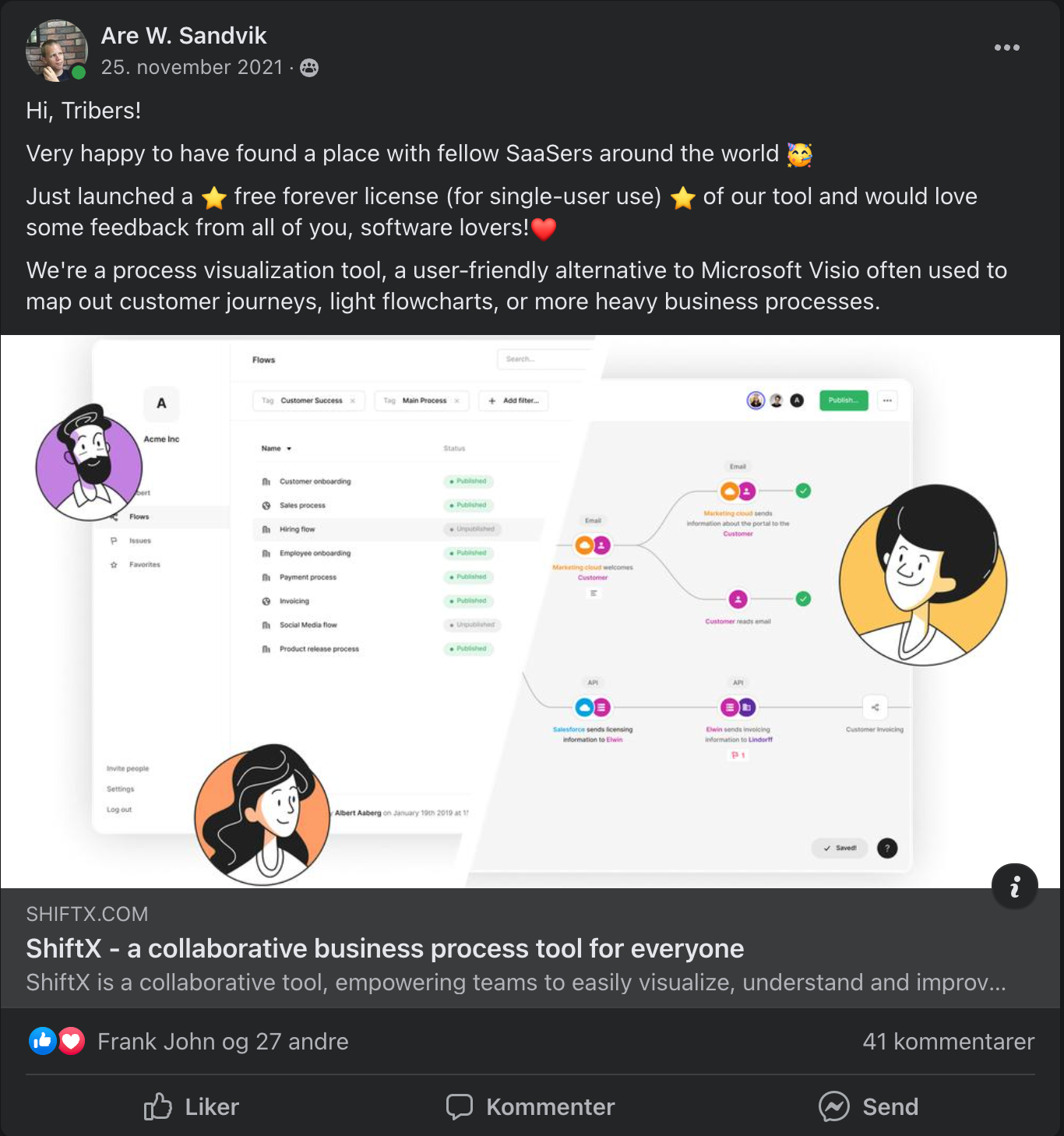
Going forward, we're experimenting more with integration and partner strategies, connecting ShiftX up with other tools in our sphere, creating a powerful stack for streamlining your business administration and documentation.
Our PLG stack
With an SLG strategy, you'll most likely have a very operational sales team, following their prospects hands-on, full cycle, from cold lead to closed deal. With a PLG strategy, you'll have to rely more on tools and analytics to do the same jobs. A lot of these kinds of tools have arisen lately.
Analytics, customer data, and "CRM"
To do PLG effectively, knowing your customers, what they like and don't like about your product, what they need in the future, and what will get them to love your product is essential. And, as mentioned above, knowing which customers to get in touch with, as a lot of PLG sales also are sales-assisted, is also key. That way, you won't waste time in meetings with leads that don't have real buyers' intent but still catch the big fish that do.
There are a lot of new tools lately that want to help you get control of your full "lead to happy customer" lifecycle. These are some we've considered starting using:
- Breyta.io – "CRM as it should be". Early-stage Norwegian-based startup that wants to help you get control of your entire customer lifecycle.
- Pocus.com – "Turn product data into revenue". A Product-Led Sales platform that helps you improve customer acquisition, conversion, and expansion.
- Calixa.io – "Turn signups into revenue". They want to give your sales team the product insights and workflows they need to prioritize, close, and grow accounts.
For analytics, we've considered and started using some of these tools:
- Mixpanel.com – "Build better products". They want to help you get control of your self-serve product analytics to help you convert, engage, and retain more users.
- Dreamdata.io – "B2B Revenue attribution". Help you gather, join and clean all revenue-related data to present a transparent actionable analysis of what drives B2B revenue.
- Chartmogul.com – "The Leading Subscription Analytics Platform". A typical SaaS tool to measure, understand, and grow recurring revenue.
We've now also made it possible to pay your ShiftX license with Stripe, to make payments much quicker.
And of course, we've used our own tool in making out our core processes, like the ones we've shared with you above in this text. Want to do the same? As we've now transitioned into more of a PLG SaaS, testing ShiftX is free.
Now what?
PLG is more of a long game than SLG. Building good self-service customer journeys into and around your product takes time. And, as we hope we've made clear in the text above, we're going to be in some sort of hybrid state where manual sales still play a vital role in growing the company's accounts, especially, as mentioned, the larger ones. But our PLG focus is here to stay.
